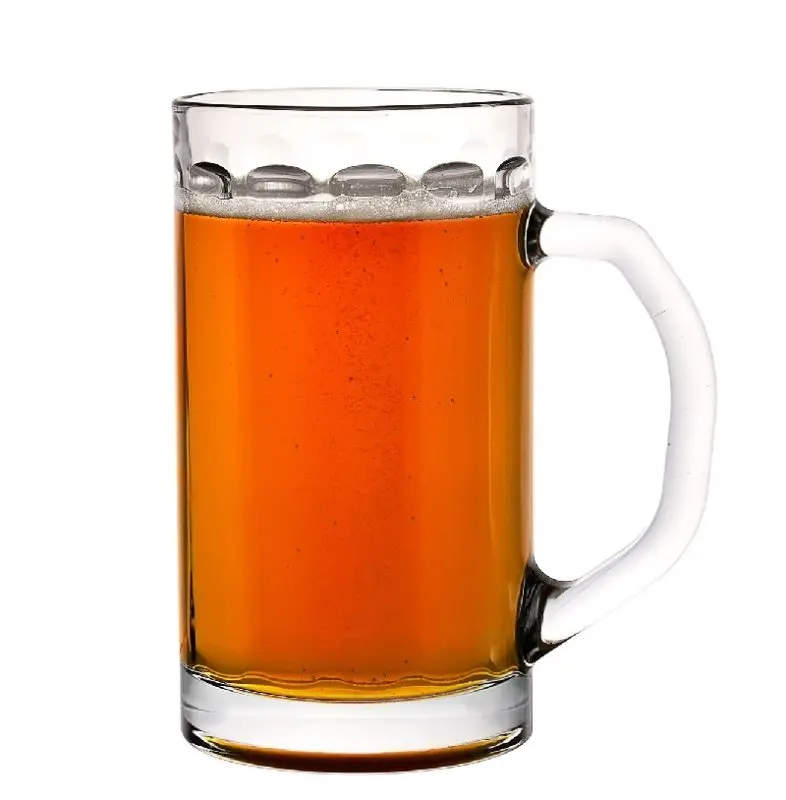The beer is named after the Gose River, which flows in the German city of Goslar, the birthplace of the style. However, already in 1740, gose became a Leipzig speciality. In 1966, the style ceased to exist, but after 14 years it was restored. Today, gose is a narrow craft style, “for an amateur”, not produced at large breweries. The variety has its own beer glass, has a characteristic sourness, so it is sometimes served with syrup or sweet liquor.
Distinctive features of the style: high carbonation, spices, salt. This is a light and refreshing drink with a rich bouquet. Fruit tones are felt in the aroma, coriander, lemon, malt gives notes of bread and grain. Salt almost does not appear, but thanks to it, the drink turns out to be especially fresh, with the character of a sea breeze.
The taste is sour, malty-fruity, slightly salty, hop bitterness may be absent. The finish is dry and refreshing.
Gose beer does not go through the filtration stage, therefore it is always cloudy, in the glass it forms a dense white foam. Due to the high carbonation and the addition of salt, it tingles the tongue.
The grist consists of pils and wheat malt, spices (especially coriander), salt, and lactobacilli are also added to the drink.
In terms of acidity, the style loses to Gyoza and Berliner Weisse, closest to Witbeer.

Strength: 4.2-4.8%.
Density: initial 1.036-1.056, final 1.006-1.010.
Bitterness Index: 5-12 IBU.
Color: 3-4 SRM.









